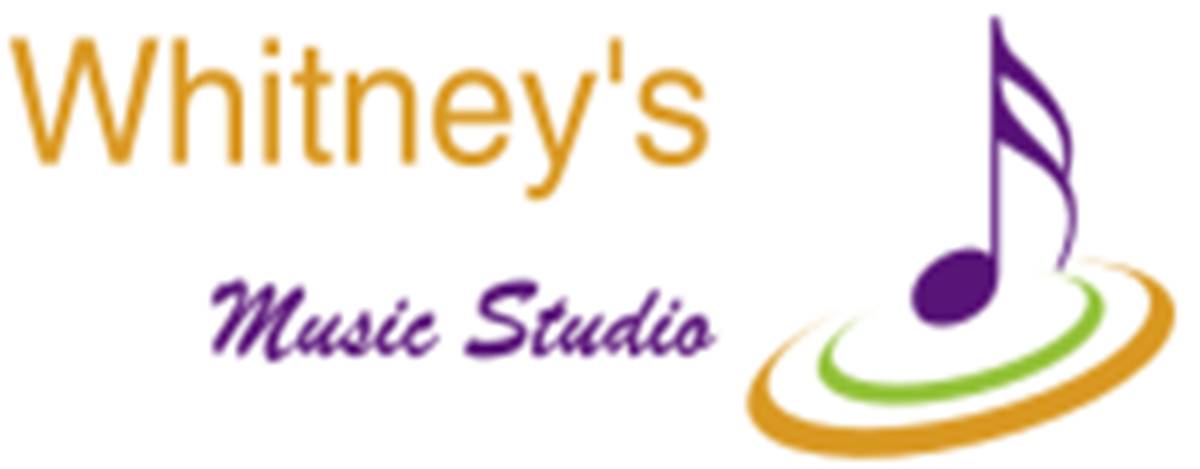|
|
|
| Home |
|
Many Changes in Piano Pedagogy By: Robert Pace From: Clavier, January 2001 There seem to be relatively few changes in keyboard
teaching over the past 40 years.
Spring recitals, adjudications, jury exams and contests still take
place; and students go to lessons, practice, and memorize pieces
essentially as they did in 1960.
Some ripples from new pedagogical theories and research have developed
in these decades and may help to promote the value of piano study,
reducing some of the problems that have haunted piano teachers. In the decade preceding the first issue of
Clavier, the baby-boom era
produced an abundance of 6, 7, and 8 year-olds who were eager for piano
lessons. By 1960 the waiting
lists of private teachers overflowed.
Most music-school graduates simply taught as they were taught
because few bachelor of music programs for piano majors included piano
pedagogy courses or supervised student teaching.
Some public schools offered class piano instruction as part of
the general music curriculum, but there was no specific methodology in
the music education degree programs to prepare music students for
keyboard teaching. During the baby-boom era, some studio teachers
modified the structure of class piano and one-on-one lessons to create a
new approach to group piano instruction.
This included two sessions per week; two students, called a dyad,
together studied solo and ensemble literature; and groups of eight to
twelve students met for theory, ear training, sight-reading,
improvisation, and technique.
Most teachers who had some training to teach groups reported that
students enjoyed learning with others and many accomplished more in
daily practice. The fact that group teaching called for more
preparation time was a problem most teachers accepted.
Although teachers and students favored this type of instruction,
many families had a difficult time bringing children to two sessions a
week, especially families with one parent whose time was already
stretched. As a result lessons
with two sessions per week declined in use. Even with increased popularity and growing media
attention to the piano, during the next 15 years most people thought of
piano instruction as an after-school activity, similar to dance lessons,
horseback riding, and scouting.
Few saw any connection to the core subjects in the school curriculum,
and administrators relegated it to after school, when most students were
drained of mental and physical energy.
From the 1960s into the 1980s music educators and
learning theorists encouraged schools to include music as a basic part
of the curriculum rather than a peripheral subject.
The impetus for this point of view grew out of symposia, such as
the 1978 Aspen Conference, as reported in
The Arts, Cognition, and Basic
Skills (Cemrel). Martin Engel
made the case for the arts as cognitive processes, the “mental activity
of creating, perceiving, using, and enhancing.”
Howard Gardner’s book,
Frames of Mind (Basic Books), provide reliable data about the
benefits of including keyboard instruction as a part of basic education. The names of several educational theorists,
including Abraham Maslow and Jerome Bruner, came up at piano pedagogy
conference. Maslow’s philosophy
of people striving to fulfill their potential incentives to continue
learning was presented in his book,
The Farther Reaches of Human
Nature (Viking Press), and was advocated in many piano pedagogy
programs. Equally important was
Bruner’s concept that “all powerful human skills involve the mastery of
a series of prerequisites” and that “a major function of pedagogy to
develop and provide the means that allow learners to use the
prerequisites successfully” (The
Relevance of Education, W.W. Norton). Undoubtedly one of the most significant changes in
piano teaching in the last 40 years was the development of new pedagogy
programs to prepare undergraduate and graduate students who will teach
students, 98% of whom will not become piano majors.
In recent years college keyboard pedagogy courses have fostered
instruction at all levels, from preschool to the most advanced, using
materials that are neither too difficult nor too easy.
This in turn emphasized the value of class teaching as one aspect
of piano pedagogy courses. As electronic technology has become part of music
education, from digital pianos to educational programs, the
possibilities for creative keyboard teachers have grown.
Depending on the hardware, instruction in a keyboard lab may
include in a single session, a one-on-one lesson, partner instruction ,
quartet playing, or the entire group.
Teachers now have new and interesting ways to help students with
sight reading, improvising, ear training, technique, and memorization. In the article “Independent Piano Teachers:
Where do They Stand?” (Clavier,
January 1987), Marsha Wolfersberg assessed the progress of keyboard
instruction in private studios, schools, and colleges.
Her profile of studio teachers also raised questions about the
economic viability of piano teaching as a profession.
After many discussions with independent, private school, and
college teacher, I believe there are significant improvements in the
academic and musical preparation of piano teachers today plus
significant increases in teaching fees.
With the dramatic increase in community music schools the
professional standing of piano teachers has risen. Research in recent years has probed the effect of music study on brain functions, and there appear to e some identifiable benefits from music study, but the results as yet are not definitive. Continued research on the effects of participating in music, especially for children, could move piano instruction from an after-school activity to the core of school teaching. With increased attention to the critical aspects of how humans learn, the value of music study may be higher than ever. With new developments in technology, this is a wonderful time to be part of keyboard pedagogy. I believe piano pedagogy has a very bright future. |
|
|
|
"Let us come before Him with thanksgiving and extol Him with music and song." Psalms 95:2 "Shout for joy to the Lord, all the earth, burst into jubilant song with music." Psalms 98:4 |
